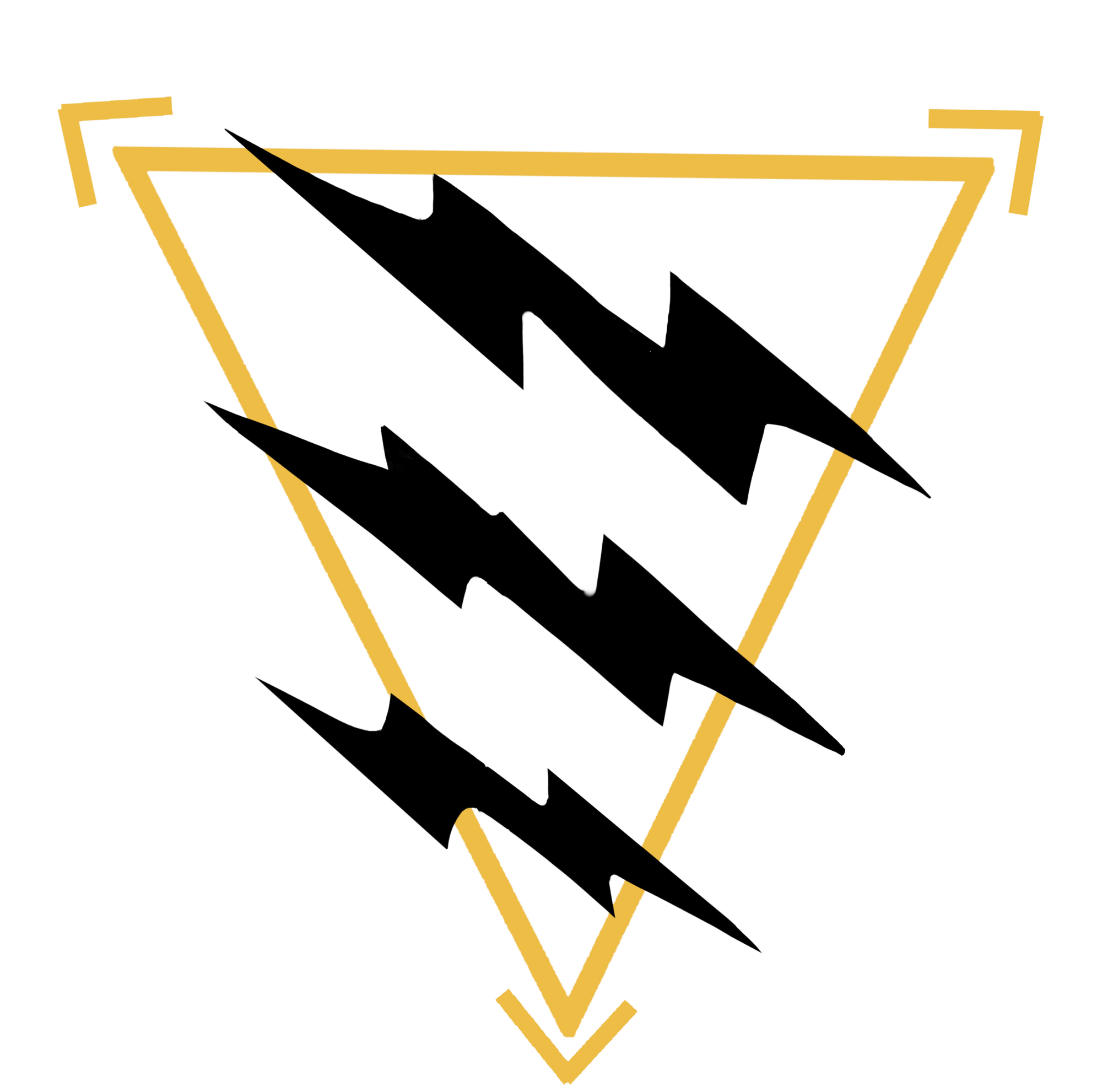🔥 SPECIAL EDITION: Civil Unrest Preparedness — Part 2

Area Study & Pattern Recognition
“Avoidance is your first and best win.”
It’s June 2025, and civil unrest continues to erupt with little warning, rapidly spreading across urban and suburban environments. In volatile times like these, the ability to read your environment can be the difference between evasion and entrapment.
At Sentinel Combatives, we believe that personal protection starts with proactive awareness, not just reactive defense.
This second installment in our 4-part series introduces the concept of the Area Study—a structured, ongoing way to assess your surroundings—and pattern recognition, the learned ability to identify early signs of instability. These same tools are just as effective for natural disasters and severe weather preparedness as they are for unrest.
⚠️ Why You Need an Area Study
An Area Study is a proactive process to help you understand the terrain—physical, social, and digital—of where you live, work, and travel. It acts as your daily intelligence brief, helping you make safer, faster decisions when conditions change.
Questions an Area Study helps answer:
- What are the threats in my area? (Man-made or natural)
- Where are the choke points, risk zones, and flashpoints?
- What resources or allies are nearby—on foot or within a short drive?
- What is the “pattern of life” in my area—and what changes are warning signs?
Pattern Recognition 101
Riots and violence don’t begin without warning signs. If you’re paying attention, there are almost always behavioral and environmental indicators that precede escalation.
Key Indicators of Civil Unrest Escalation:
- Rapid crowd formation (even if peaceful at first)
- Increased presence of masks, improvised shields, or blunt objects
- Graffiti or posted slogans containing threats or militant messaging
- People raising phones in clusters (signaling livestreams or coordinated actions)
- Shifts in police posture (barricades, retreat, or changed patrols)
- Online chatter escalating from protest to violence
Building Your Personal Area Study
Divide your study into four zones, each with specific considerations:
🔹 Zone 1: Your Home
- Entry/exit points
- Natural barriers or chokepoints (fences, terrain, landscaping)
- Nearby shelters or backup safe houses
- Neighbors you trust—build an informal network
🔹 Zone 2: Your Neighborhood
- Common rally points (schools, parks, government buildings)
- Businesses likely to attract looting (gas stations, gun stores, banks)
- Multiple escape routes (on foot and by vehicle)
- Surveillance tools (doorbell cams, motion sensors, lighting)
🔹 Zone 3: Your Daily Routes
- Alternate paths to essential locations (work, school, stores)
- Tunnels, bridges, or intersections that could become bottlenecks
- Locations that have seen unrest or protest activity in the past
- Nearby fuel stations or businesses that stay open in emergencies
🔹 Zone 4: Your Digital Space
- Local forums and social pages (Facebook groups, Reddit, Telegram)
- Police scanner apps (Scanner Radio, 5-0 Radio)
- Crime alert apps (Citizen App, Nextdoor)
- Real-time traffic maps (Waze, Google Maps)
Area Study Book
We recommend keeping your Area Study as a physical binder, Google Doc, or app note.
Include:
- Local and regional map screenshots with annotations
- Emergency contacts, neighbors, and mutual aid group info
- Lists of pre-staged gear and where it's stored
- Daily updates or intel summaries from verified local sources
Situational Awareness Tips for Civil Unrest
- Avoid high-traffic areas, intersections, and protest zones—especially after dark
- Pay attention to mood shifts in crowds or public gatherings
- Pre-load digital maps in case GPS or data service is throttled
- Keep your gas tank above ½ and vehicle doors locked at all times
🛑 When to Leave an Area
Avoidance should always be your first and most logical step. If you observe any of the following, it’s time to get out—fast:
- Roadblocks or makeshift checkpoints
- Chants shifting into threats or vandalism
- Smoke, fireworks, or improvised weapons in play
- Complete police withdrawal from an area
In most cases, your best tactical decision is not being there in the first place.
🔜 Coming Next:
👉 Part 3 – Vehicle Readiness for Civil Unrest
Your vehicle is your lifeboat. We’ll show you how to equip it for mobility, security, and sustained independence during high-threat situations.
Sentinel Combatives
You can’t control the chaos. You can control how you respond to it.
📧 Contact: jerry@sentinelcombatives.com
📞 Phone: 828-415-0826





